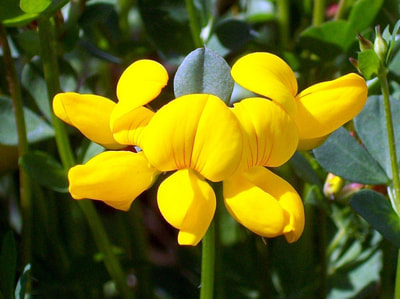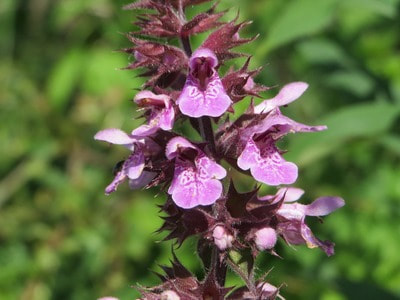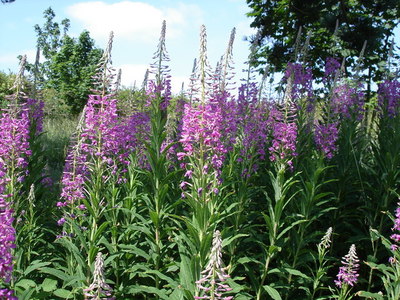|
Left to Right - Bird's-foot trefoil - Common Hemp-Nettle - Rosebay Willlowherb Poetry of flowers- In Praise of Weeds
'Delicate wonderful blooms of tenacious power, soft lush growth wherever it flowers. Over rubble and concrete, plastic and glass, nature regenerates, cares not if you've asked. Green fresh growth encapsulates beauty, every tiny flower tells a story. Showing no fear they grow where they can, covering the waste produced by man.' J.Huet 2017 Plants create beauty. When land is cleared when concrete is laid, plants create beauty. I look upon the humble plantain hugging the earth with its drab thick leaves and unnoticeable tiny white flowers. Its Latin name ‘Plantago’ means ‘sole of foot’ and the Native Americans call it ‘white man’s footprint.’ These names indicate its role as a first coloniser when land is cleared rather like birch and bramble. When nature starts to re-generate of its own accord it’s time to take note, step out of the way and allow the voice of nature to speak through. As a human I am far more dispensable than the smallest insect and lowliest weed and if I am humble enough to learn from nature I can then begin to fulfil my true role as a caretaker of the earth. A neglected concrete platform is covered with a stunning array of Hemp-nettle, Bird’s Foot Trefoil and Mullein. An old bomb site from World War Two has a spectacular display of Rosebay Willowherb. The deep purple flowers of Self- Heal amongst the pure white clover and daisies creates a breath-taking display on the un-cut grass sward. However due to their common presence each plant is cut, poisoned and removed at every opportunity. ‘In common things that round us lie some random truths he can impart -The harvest of a quiet eye that broods and sleeps on his own heart’ William Wordsworth. Plantain increased in number around 4000BC when the first infestation of elm disease started to infect our early elms. Rosebay Willowherb before World War Two was more associated with mountainous regions in Scotland and the common Self-Heal is a beautiful plant with many healing properties. These so-called weeds all have key roles in the welfare of this planet. Neglected farm land becomes a wooded landscape in as little as 30 years but not without first becoming a mess of bramble and nettle. Great classic poets speak in rapture of the common plant. John Clare states: ‘My wild eye in rapture adores every feature. Ye are dear as this heart in my bosom is to me.’ Patrick Kavanagh states in one of his poems: ‘I knew them all by eyesight before I knew their names. We were in love before we were introduced.’ I hope in a more serious scientific conservation movement we continue to praise, love and cherish plants for their beauty. We preserve that which we love far more vehemently than that which we know is good for us! The poetry of flowers therefore is a celebration of the common plants we are all indebted to and is my offering to their continued presence. I also offer my hands which will continue to sow their seeds. If you would like to enhance your nature connection you may wish to try our Nature Connection Course:
0 Comments
Leave a Reply. |
Details
Poetry of flowersJoin me to explore the flora of the British Isles on this blog. My intention is to attempt to capture the unique quality and beauty of each species of flower, tree or shrub. For every species featured I will be growing many more wildflowers to celebrate the joy of their existence, their intrinsic conservation value and bewildering array of uses. For nearly 30 years I have noted, studied and explored wildflowers in the field much to the patience of the walker beside me. To share this passion is a heartfelt plea to respect, preserve and care for all British Wildflowers no matter how common they seem. Archives
February 2024
Categories |




 RSS Feed
RSS Feed
